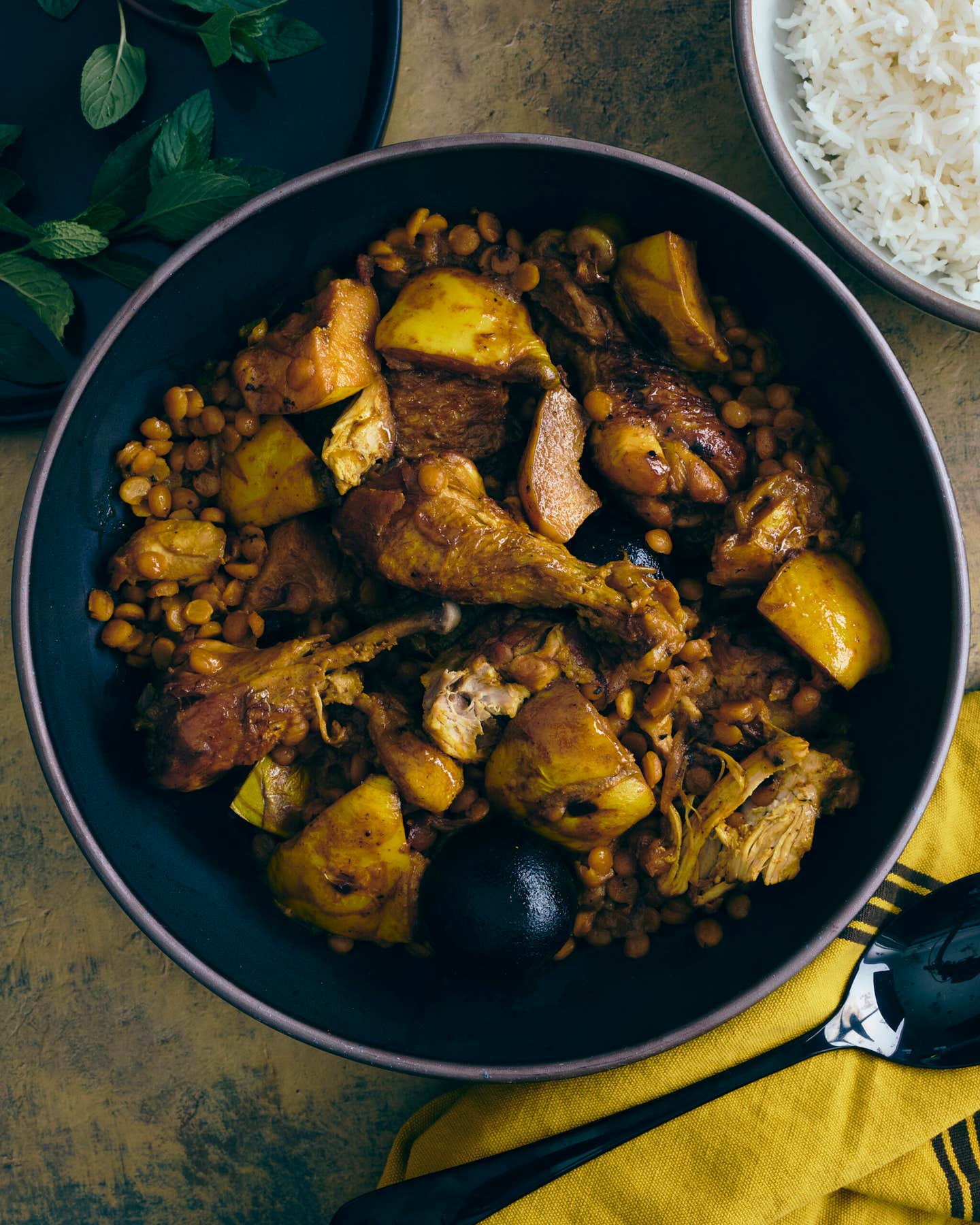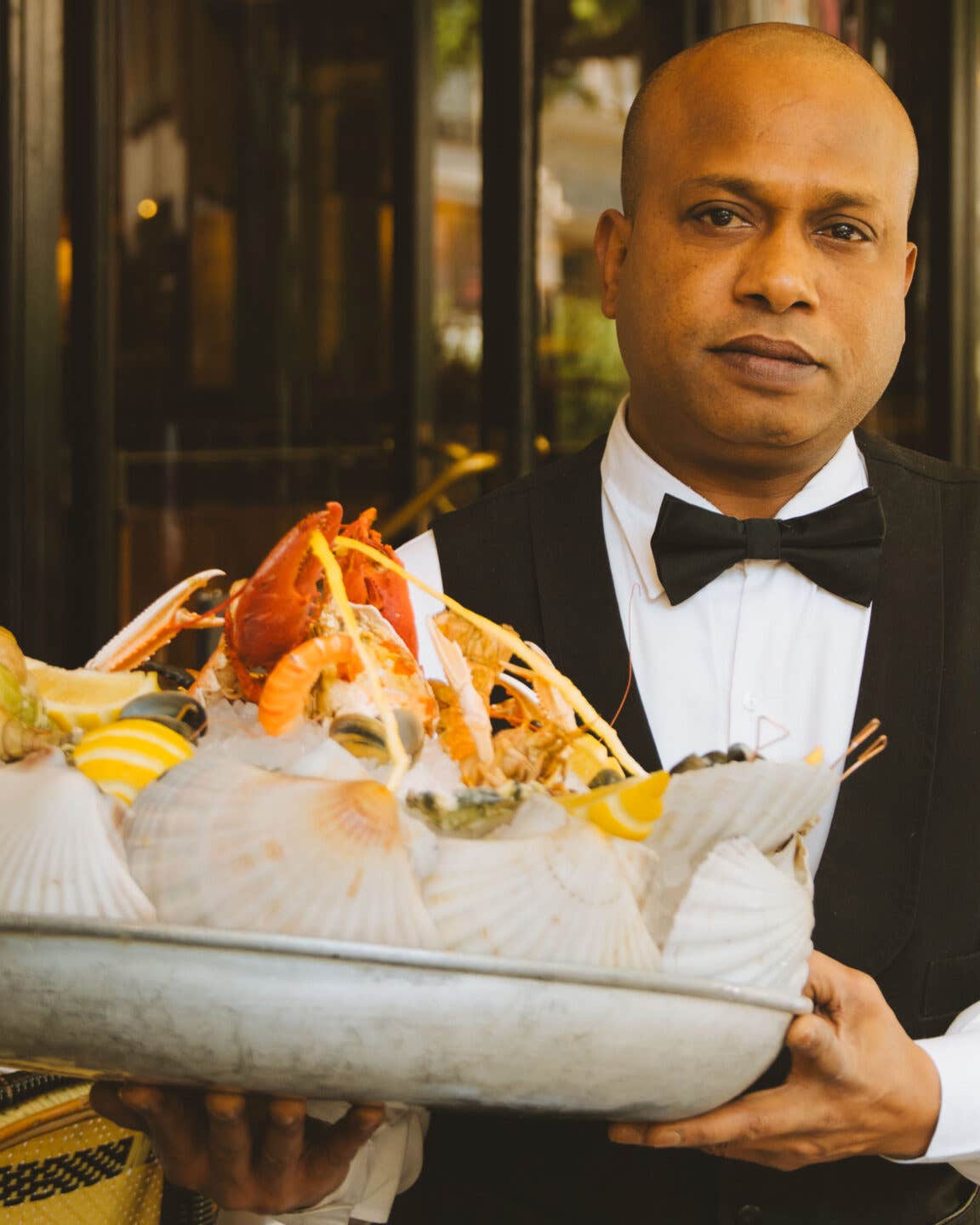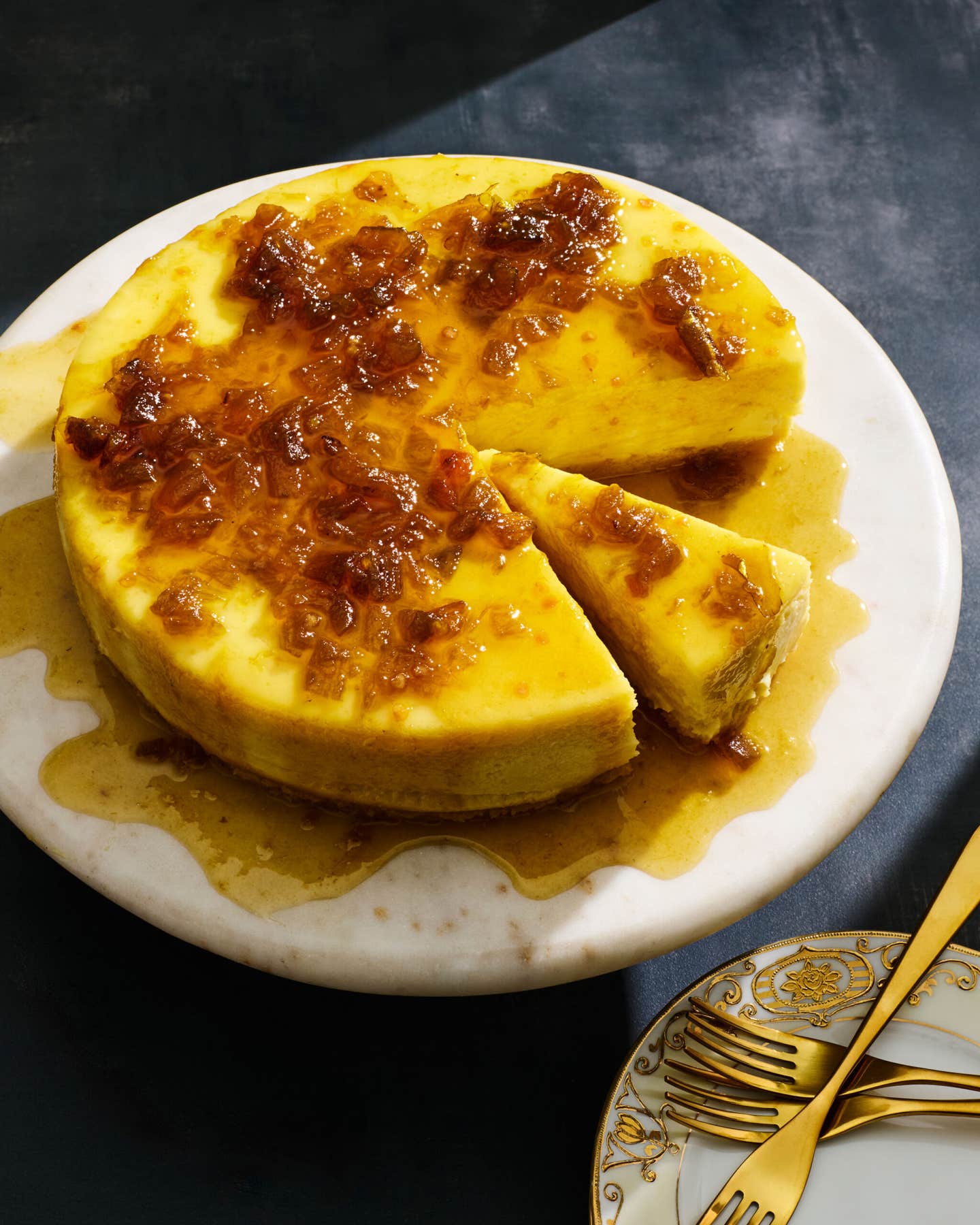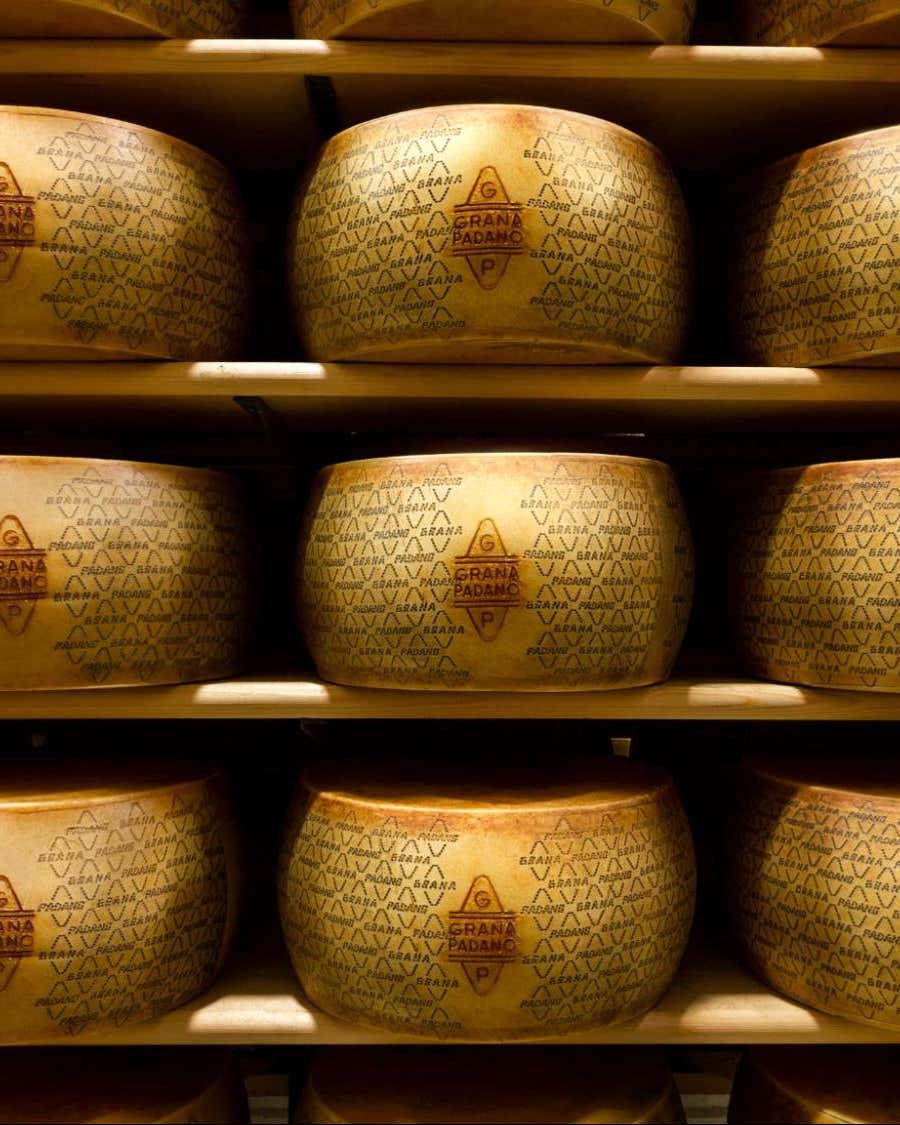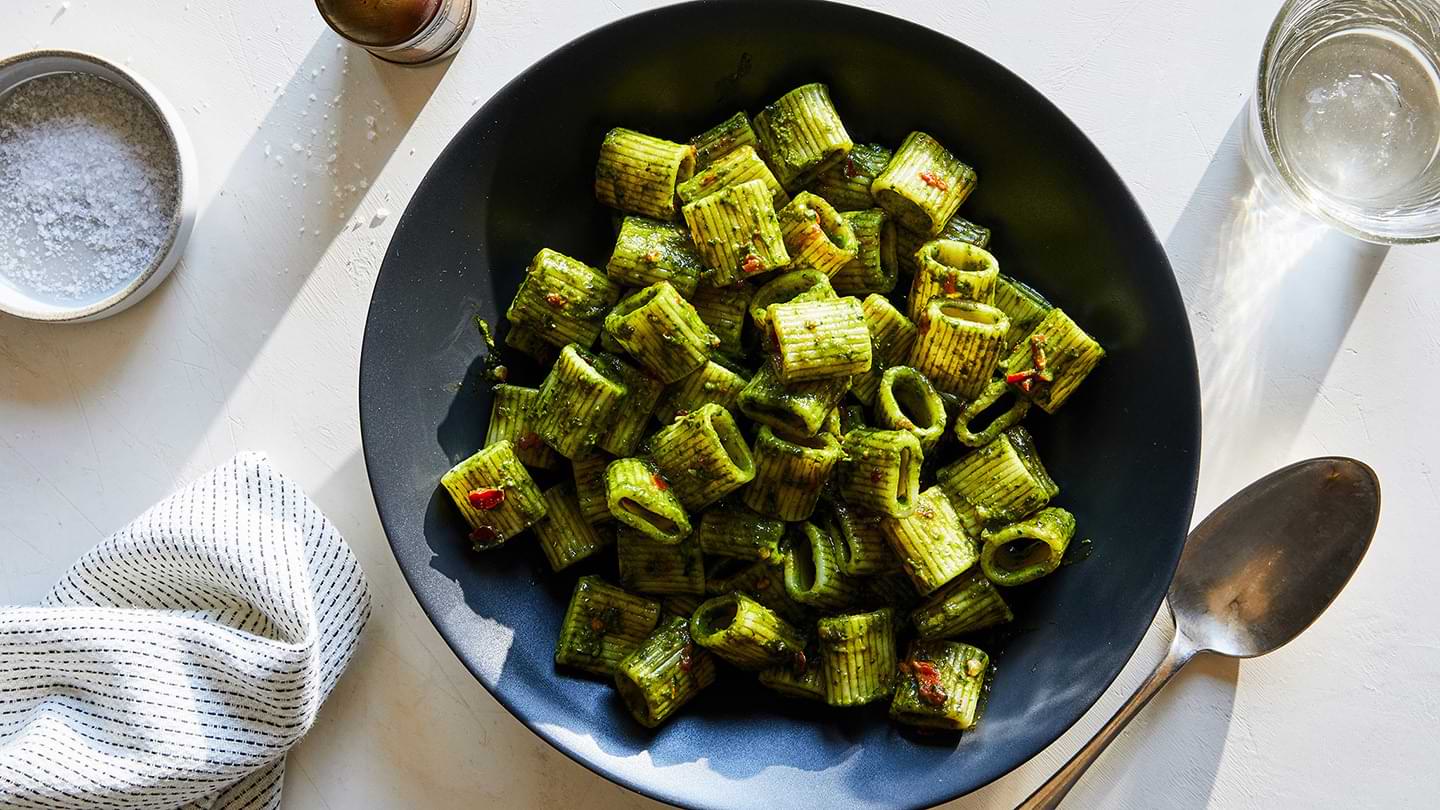
Why Quince, the World’s Most Stubborn Fruit, Deserves a Spot on Your Table
Once the queen of the orchard, this fuzzy, fragrant heirloom can transform your cooking.
In Turkey, when you’ve gotten yourself into a bind, you say “ayvayi yedim”—“I ate the quince.” Anyone who’s ever bitten into this fruit raw needs no further explanation: Uncooked, it’s gustatory punishment, all sandpapery tannins and face-squinching pucker.
But with patience comes transformation. As quince cooks, its flesh turns from wan white to a rich, glistening garnet. The kitchen fills with scents akin to roses and baked apples. What was hard and astringent turns lush, spoonable, and gumdrop-like—ready for desserts, jams, stews, or to be savored on its own.
People have revered the quince since antiquity, prescribing it as medicine, celebrating it in art and literature, and feasting on it like fruit from the gods. Early American cookbooks, such as Amelia Simmons’ American Cookery (1796) and Miss Beecher’s Domestic Receipt-Book (1846) featured it in dozens of jams and desserts. Yet today, few Americans could pick one out of a lineup.
So when I spotted a pile of the rare yellow orbs last fall, a dinner party was in order. I chose an Ottolenghi recipe: hollowed out and stuffed with lamb. The first hurdle? Removing the fuzz (horticulturalists, with a straight face, call this “pubescence”), which clung to my peeler like dryer lint. Cutting the fruit sent my knife—and nearly my fingers—flying. By the time the quince finally softened, the meat had overcooked into jerky. I texted my guests: Vibe switch. Pizza.
I swore off the fruit until I met Barbara Ghazarian, author of Simply Quince. “We think of it as exotic,” she told me, “but it came to the Colonies with the Puritans and was more popular than the apple.”
Long before that, quince reigned from Ancient Persia to Al-Andalus. “People used it against fevers and made a kind of sap—an ancestor of cough syrup,” said food historian Ken Albala. In myth and scripture, it may have been the golden “apple” that sparked the Trojan War or the true forbidden fruit in Eden.
The Romans carried quince across Europe and to England, where it morphed into “marmelet.” This orange-less paste, similar to Spanish membrillo, was the original marmalade (named for the Portuguese “marmelo,” or quince).
Thanks to its high pectin content, quince was once widely used to thicken preserves. But with the rise of commercial pectin in the early 20th century, its utility faded. Besides, as Albala pointed out, “People can’t be bothered to cook their fruit.” The ready-to-eat apple outpaced its fussier cousin long ago.
Yet in some places, quince endures. In Iran, it stars in jams, stews, and sharbats and is “associated with love and fertility,” according to Persian American chef Farideh Sadeghin. In Argentina, it sweetens pastafrola; in the Armenian diaspora, it becomes dolma; and in the Balkans, syrupy slices accompany coffee or brandy.
The most surprising preparation might come from Chile, where the fruit is salted, fork-pricked, and bashed until—miraculously—it becomes edible raw. This membrillo “machucado” is a fitting metaphor for the fruit itself: stubborn, expectation-defying, and—in the end—revelatory. Maybe eating the quince isn’t so bad after all.
Recipes

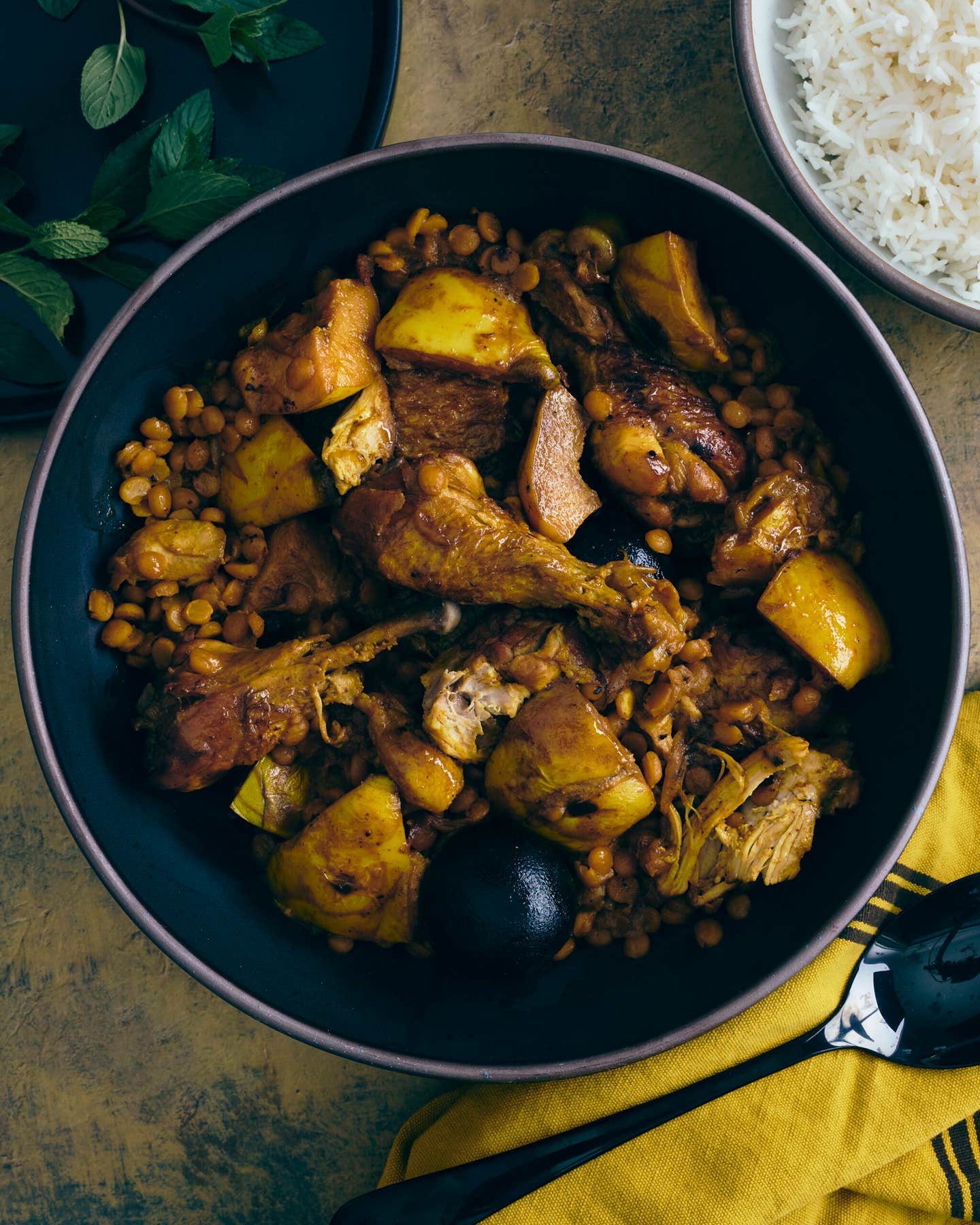



Keep Reading
Continue to Next Story

